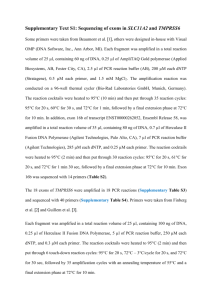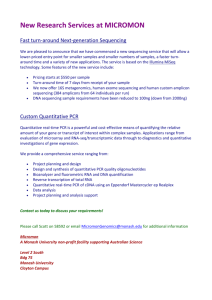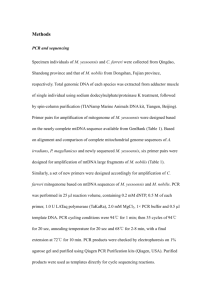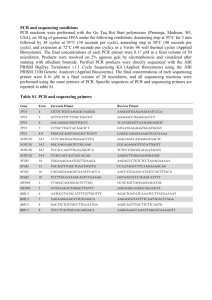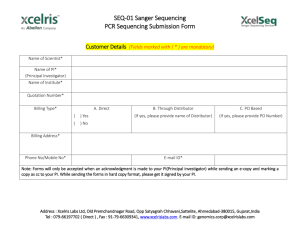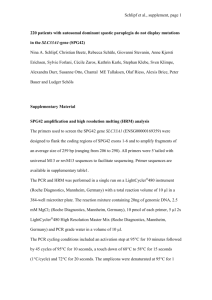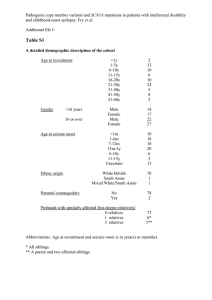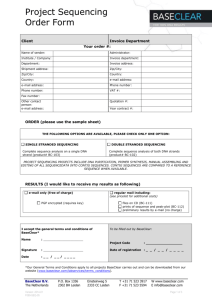Supp Methods.
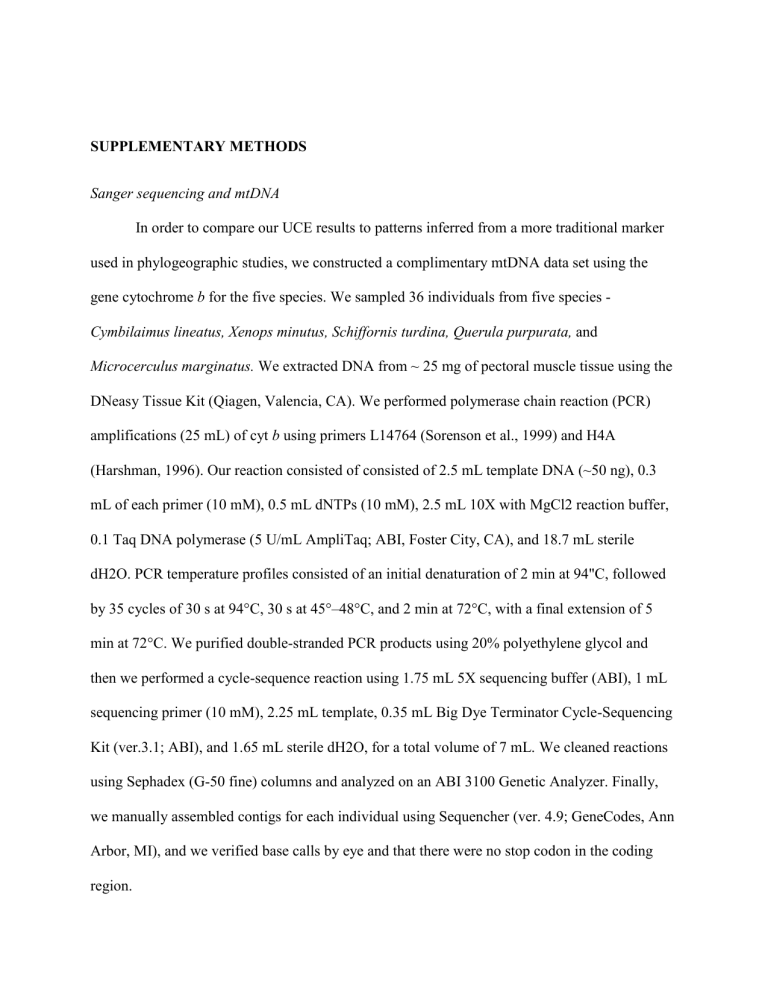
SUPPLEMENTARY METHODS
Sanger sequencing and mtDNA
In order to compare our UCE results to patterns inferred from a more traditional marker used in phylogeographic studies, we constructed a complimentary mtDNA data set using the gene cytochrome b for the five species. We sampled 36 individuals from five species -
Cymbilaimus lineatus, Xenops minutus, Schiffornis turdina, Querula purpurata, and
Microcerculus marginatus. We extracted DNA from ~ 25 mg of pectoral muscle tissue using the
DNeasy Tissue Kit (Qiagen, Valencia, CA). We performed polymerase chain reaction (PCR) amplifications (25 mL) of cyt b using primers L14764 (Sorenson et al., 1999) and H4A
(Harshman, 1996). Our reaction consisted of consisted of 2.5 mL template DNA (~50 ng), 0.3 mL of each primer (10 mM), 0.5 mL dNTPs (10 mM), 2.5 mL 10X with MgCl2 reaction buffer,
0.1 Taq DNA polymerase (5 U/mL AmpliTaq; ABI, Foster City, CA), and 18.7 mL sterile dH2O. PCR temperature profiles consisted of an initial denaturation of 2 min at 94"C, followed by 35 cycles of 30 s at 94°C, 30 s at 45°–48°C, and 2 min at 72°C, with a final extension of 5 min at 72°C. We purified double-stranded PCR products using 20% polyethylene glycol and then we performed a cycle-sequence reaction using 1.75 mL 5X sequencing buffer (ABI), 1 mL sequencing primer (10 mM), 2.25 mL template, 0.35 mL Big Dye Terminator Cycle-Sequencing
Kit (ver.3.1; ABI), and 1.65 mL sterile dH2O, for a total volume of 7 mL. We cleaned reactions using Sephadex (G-50 fine) columns and analyzed on an ABI 3100 Genetic Analyzer. Finally, we manually assembled contigs for each individual using Sequencher (ver. 4.9; GeneCodes, Ann
Arbor, MI), and we verified base calls by eye and that there were no stop codon in the coding region.
R EFERENCES
Harshman J., 1996. Phylogeny, evolutionary rates, and ducks. Ph.D. dissertation, University of
Chicago, Chicago.
Sorenson M.D., Ast J.C., Dimcheff D.E., Yuri T., Mindell D.P. 1999. Primers for a PCR-based approach to mitochondrial genome sequencing in birds and other vertebrates. Mol. Phylogenet.
Evol.12: 105–114.

